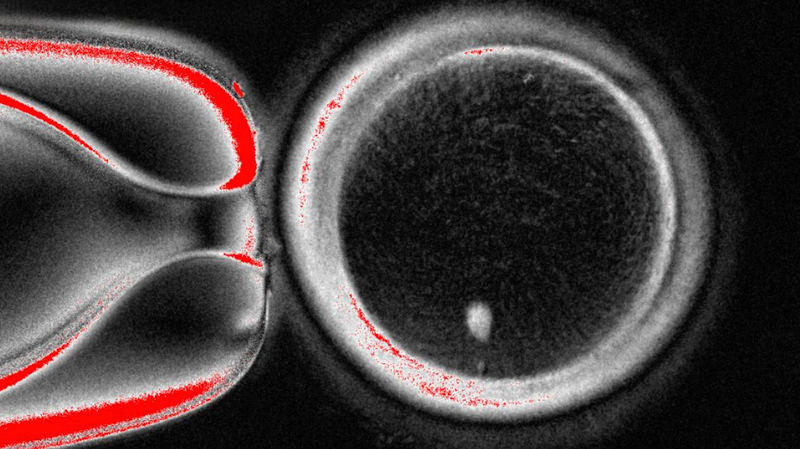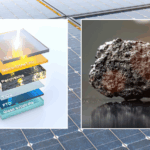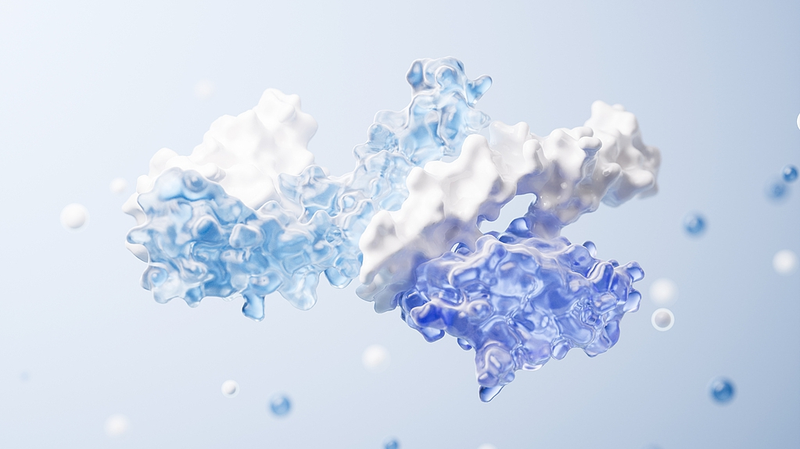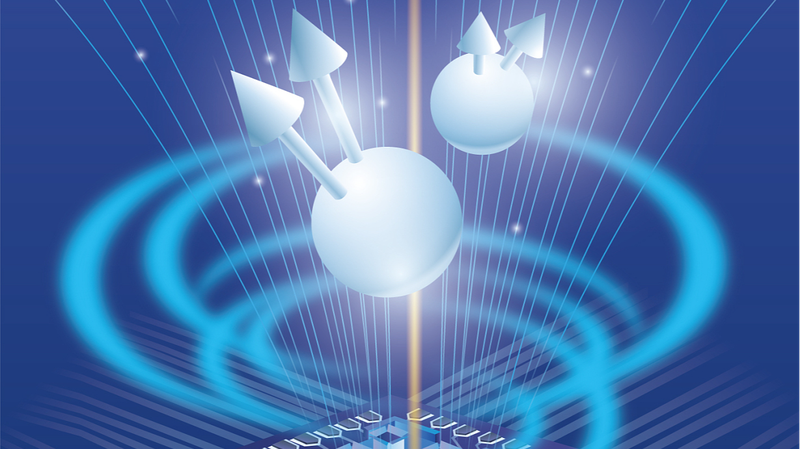In a sci-fi-worthy breakthrough, researchers have transformed human skin cells into functional eggs using a revolutionary lab technique—potentially paving the way for new fertility solutions. 🌱 The study, published in Nature Communications, could one day help people struggling with infertility due to age, medical conditions, or dysfunctional eggs.
How It Works: Chromosome Magic 🔬
Skin cells normally carry 46 chromosomes (two sets), but eggs need just 23. Scientists at Oregon Health & Science University cracked this puzzle with mitomeiosis—a new cell division method that discards extra chromosomes. 🎯 'We achieved something thought impossible,' said lead researcher Shoukhrat Mitalipov.
Early Results & Challenges 🚧
In lab tests, only 9% of fertilized eggs reached the blastocyst stage (70-200 cells), and none developed further. Many showed chromosomal abnormalities. Still, experts call it a 'huge leap' for reproductive science. 'This could redefine how we treat infertility,' said UK specialist Ying Cheong.
What’s Next? ⏳
Researchers stress it’s very early-stage work—at least a decade away from human trials. Safety and ethical questions remain, but for millions hoping to conceive, this sparks hope. 💡 As one scientist put it: 'Nature gave us two cell division methods. We just invented a third.'
Reference(s):
cgtn.com






